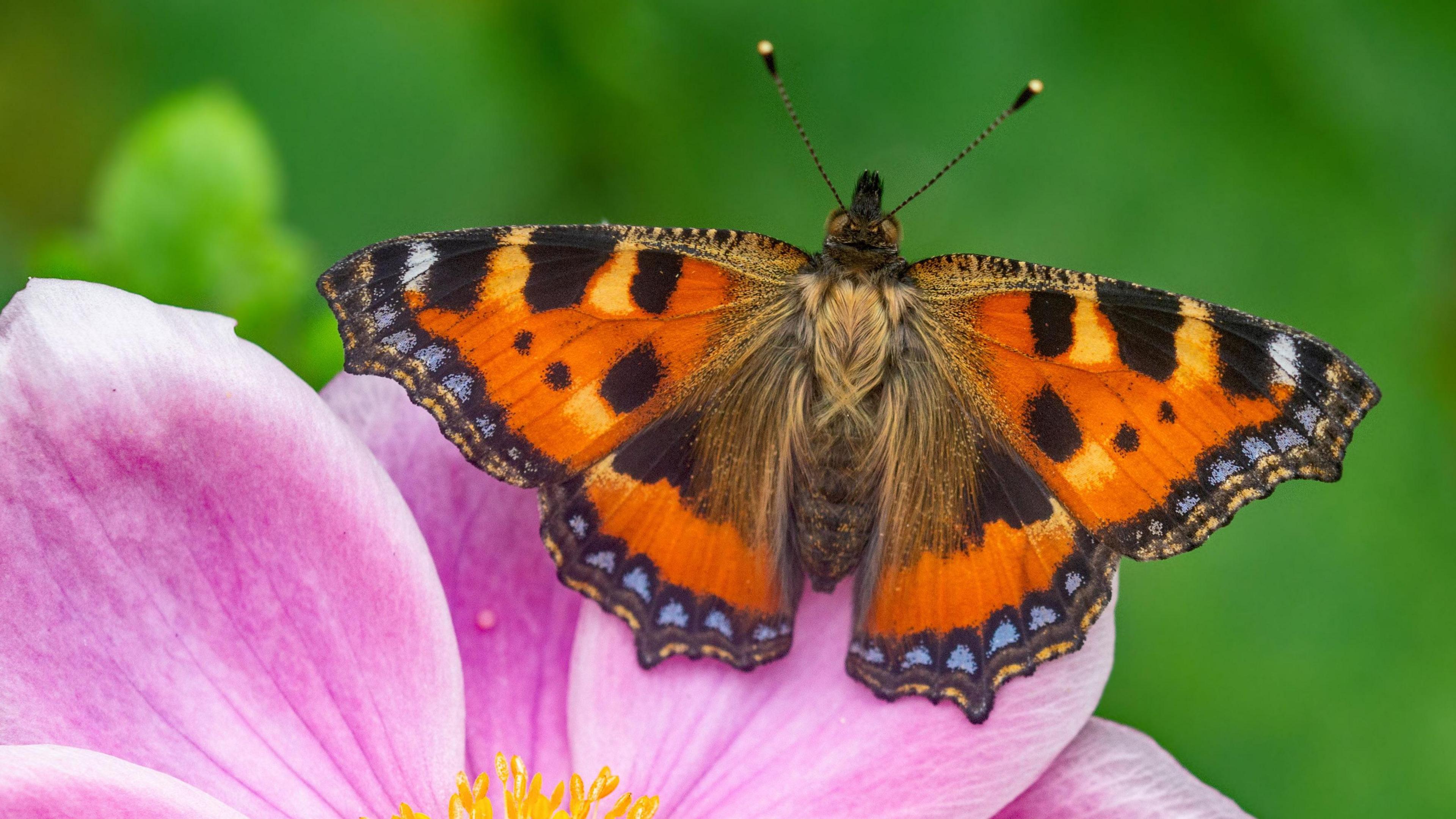Butterfly population boosted by grass cutting delay
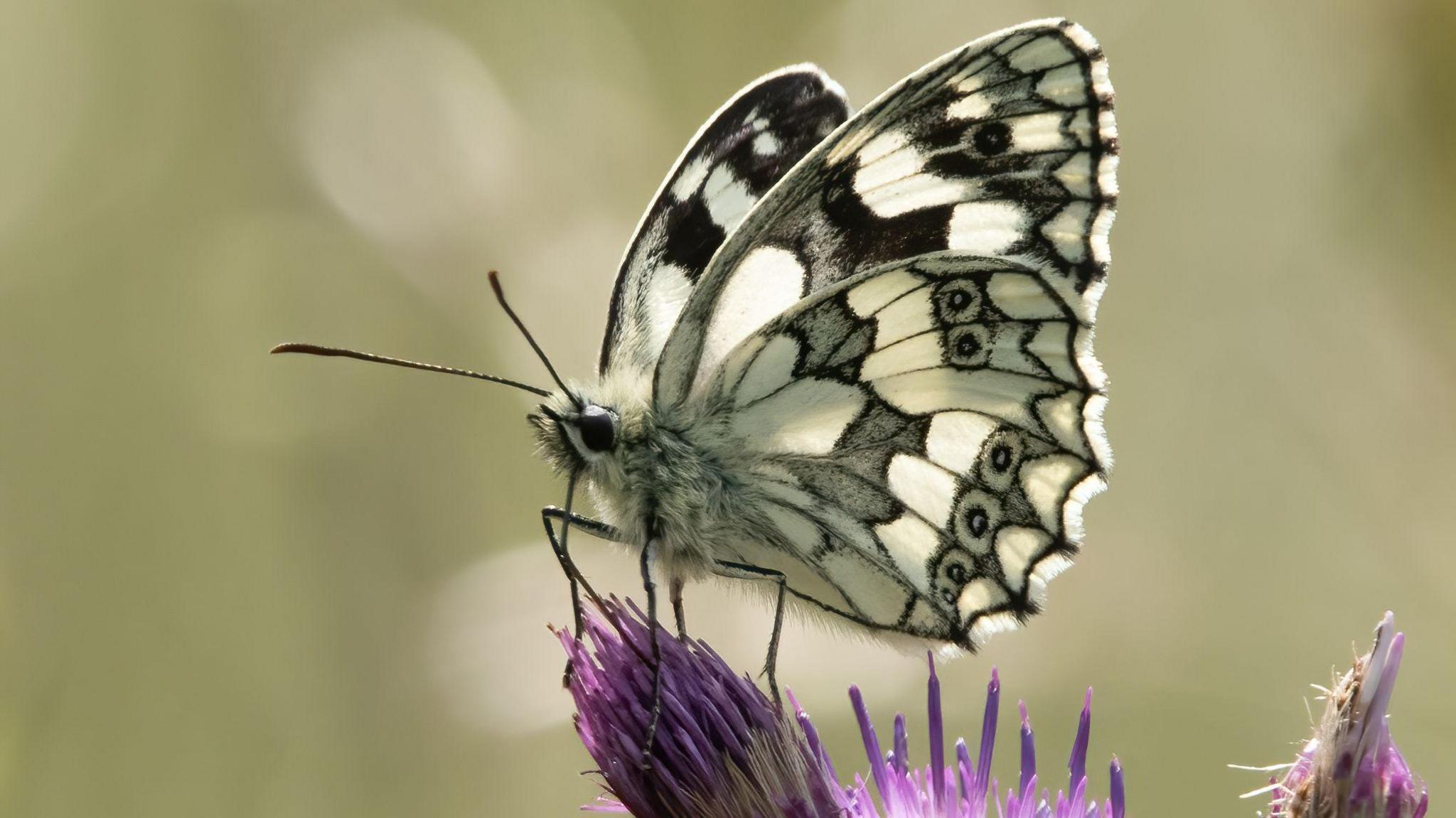
A marbled white butterfly with a wingspan of 5-6cm (2-2.3in)
- Published
A forest has seen its highest butterfly population in 17 years after delaying the cutting of its grass and wildflowers until later in the summer.
It comes a year after the wildlife charity Butterfly Conservation declared a national "butterfly emergency", with numbers at a record low.
Hatfield Forest in Takeley, Essex, was once owned by King Harold II in the 11th Century, but now belongs to the National Trust.
Operations manager James Rowland said grass and wildflowers were normally cut back in June, but "by delaying as long as possible, to late July into August, we're allowing flowering species to remain in flower for longer, providing greater benefit to nectar-reliant species".
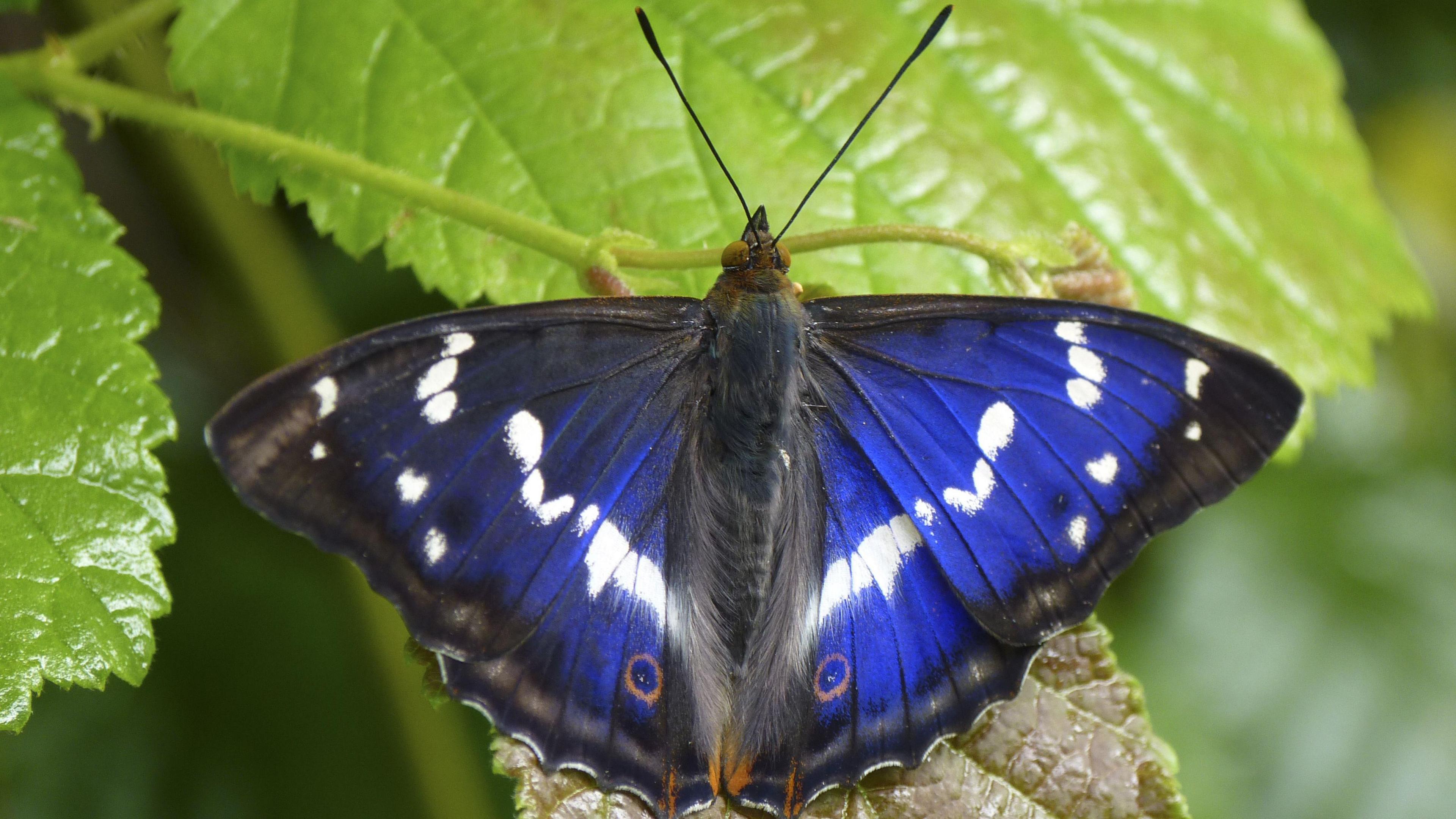
Male purple emperors are "extremely elusive" and "occur at low densities over large areas", according to Butterfly Conservation
After defeat at the Battle of Hastings in 1066, ownership of the forest passed from King Harold to William.
It then became a royal hunting forest under Henry I's reign in about 1100.
Today, the National Trust describes Hatfield Forest as the "most complete example" of a medieval royal hunting forest.
Butterfly Conservation has previously said the butterfly population was a good indicator of environmental health.
The hot and dry spring has been a helpful factor in population success, but the charity says the changes in its landscape management have made the biggest impact.
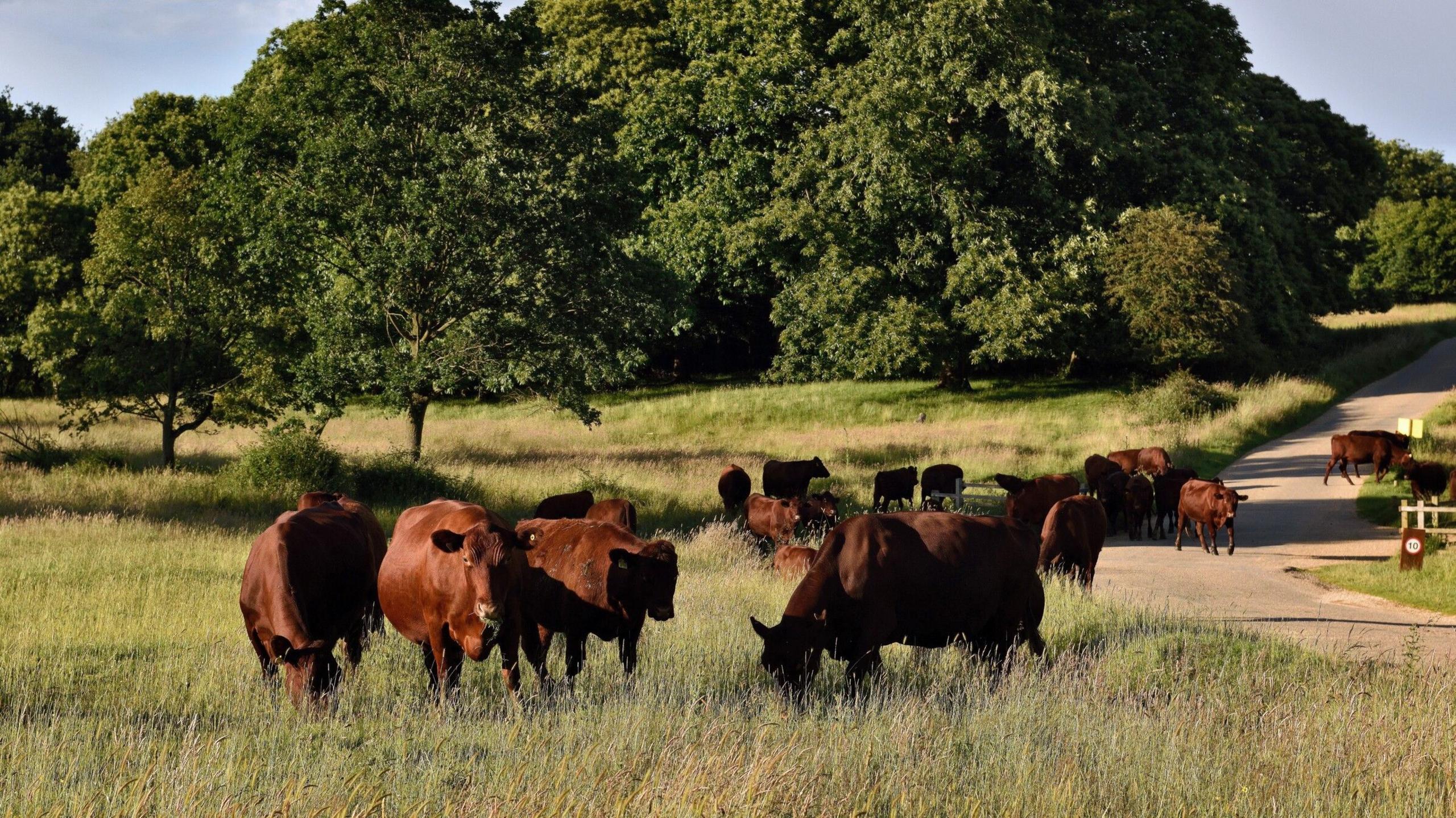
Grazing red poll cattle at Hatfield Forest help create perfect conditions for butterflies to thrive
Mr Rowland continued: "Grassland management is an important part of how we manage the landscape.
"Two years ago we decided to make a small change to managing this habitat and since then we've seen numbers soar.
"As our summers get hotter and drought-like conditions become more common, it's more crucial than ever to sustain a nectar source for our pollinators.
"During a peak dry spell, many grassland species quickly start to decline and our hardiest species like thistle and ragwort can be a lifeline to many invertebrates."
The trust also uses cattle to stop the overgrowth of more dominant plants and break up compacted soil, allowing grass and wildflowers to grow through.
Get in touch
Do you have a story suggestion for Essex?
Follow Essex news on BBC Sounds, Facebook, external, Instagram, external and X, external.
Related stories
- Published11 July
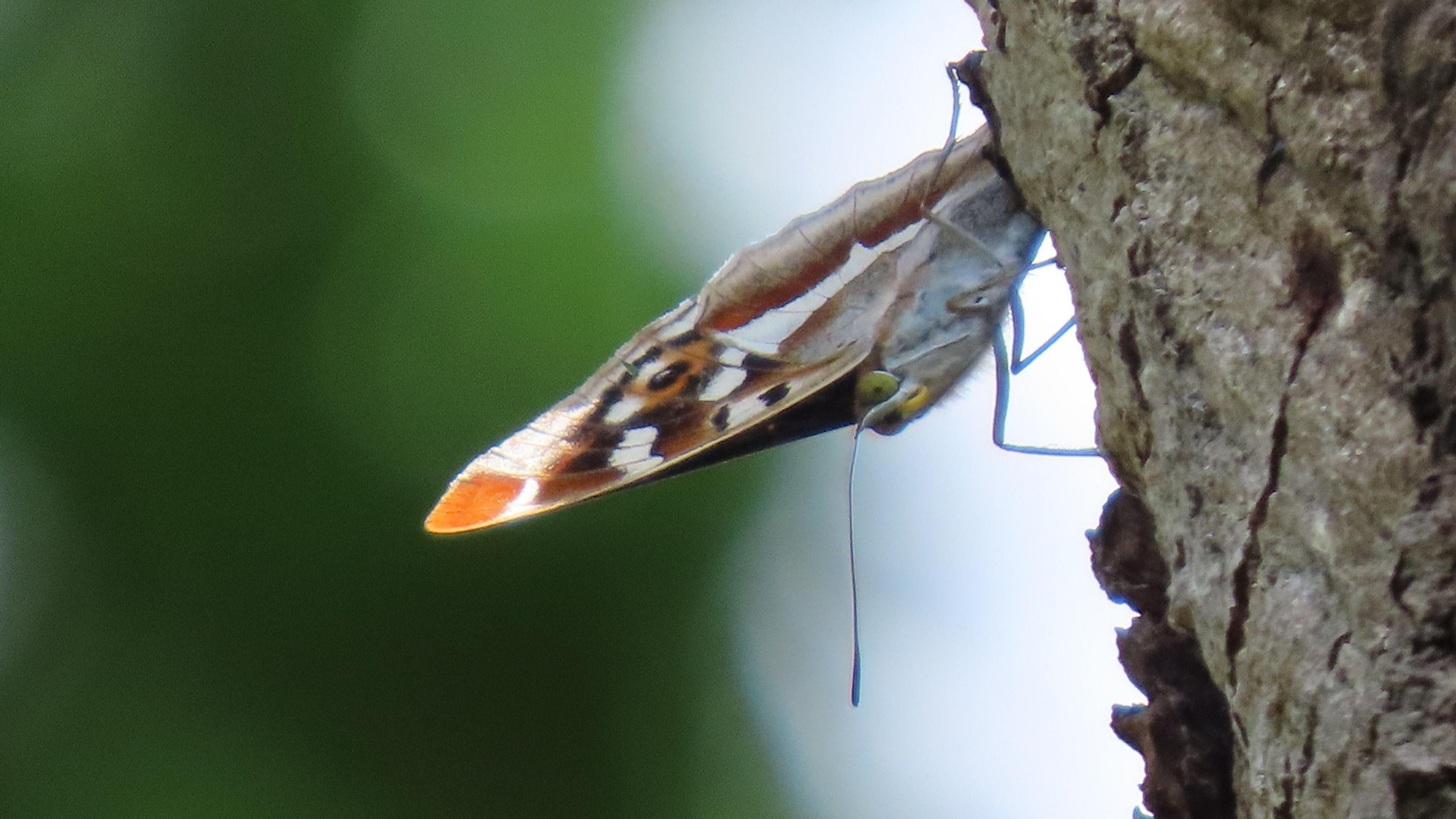
- Published25 June 2024
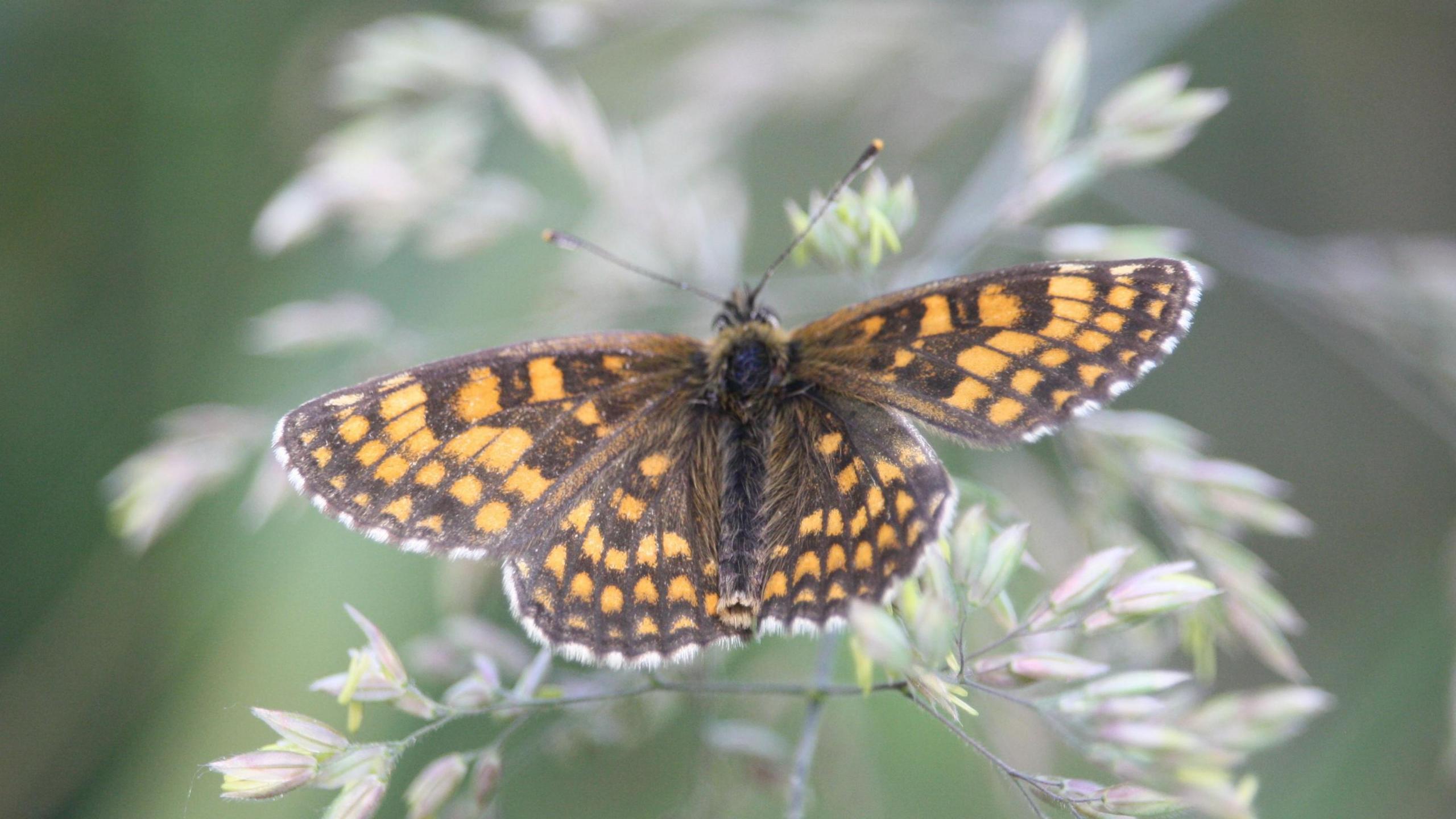
- Published18 September 2024
